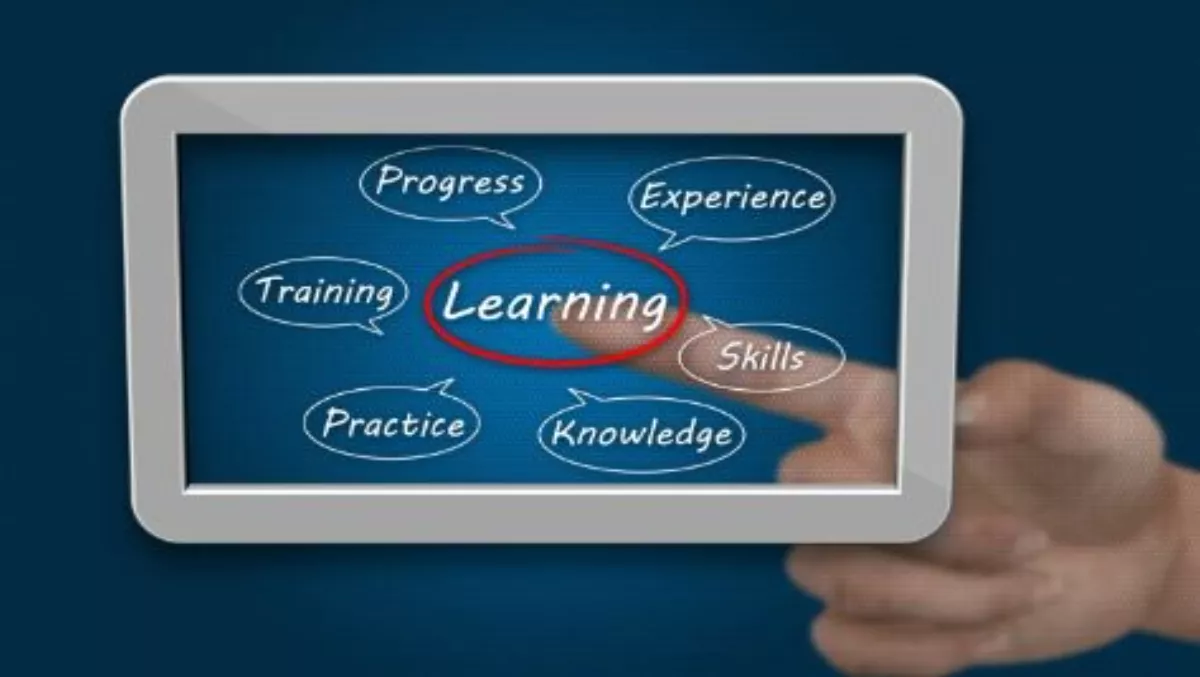
Mobile learning across ANZ still in its infancy
Mobile learning in the workplace is still in its infancy across Australia and New Zealand, according to new research from Skillsoft.
The learning and talent management firm says mobile learning enhances employee efficiency, improves business results and reduces staff turnover.
The research forms part of a report titled 'The State of Mobile Learning in Australia and New Zealand', launched at the annual Perspectives Australia - New Zealand conference.
Skillsoft surveyed 545 decision makers and employees in the Asia Pacific region, and found that while mobile learning may be in its infancy in Australia and New Zealand, it is set for rapid growth.
The research found one third of ANZ organisations have adopted mobile learning, but another 38% plan to adopt it. The key management reasons for adopting mobile learning are to enhance the accessibility of learning resources (80%) and create a continuous learning environment (73%).
Skillsoft says a mismatch between users and decision makers is hindering participation.
"Despite the enthusiasm ANZ organisations have for mobile learning, the Skillsoft research shows a clear mismatch between what learners want and what organisations are providing," the company says.
For example, users said that they would prefer training for relevant software and tools, leadership development, and new hire orientation, while organisations have prioritised content on compliance and company products and solutions.
"This mismatch between providers and users leads to low participation rates, with only 60% of employees within organisations that have mobile learning using it," explains Rosie Cairnes, regional director, Australia - New Zealand, Skillsoft.
"However, the research shows that those users that participate in the development and planning of the mobile learning programme are more likely to participate.
Cairnes says it's not just the type of content that is important. "ANZ users want mobile learning modules to be reasonably short, with 87% of respondents stating content should be no longer than one hour," she says. "They also want their content to be interactive and highly visual.
"The trend towards short, interactive content mimics general trends in content consumption and highlights some of the implementation challenges facing organisations.
Cairnes says organisations are finding it difficult to balance the demand for dynamic content formats against compliance restrictions, or the efficiency of implementing existing content against the need to create mobile-friendly content.
"Finding the right balance between users demands and business needs is hard but important for success," she says.
Cairnes says collaboration with IT is imperative for successful implementation.
"The implementation of mobile learning must see HR and L-D staff working much closer with IT," she explains. "For example, device support is extremely important in creating a successful mobile learning programme, as the content must be available on the devices that learners regularly use."
The Skillsoft research found that users overwhelmingly want to access content on smartphones and tablets, but organisations are more focused on supporting laptops.
Only 59% of organisations with mobile learning support smartphones while 70% supports tablets. The driving factors for device support selection are the degree of IT support for the device (57%) as well as ease of use (73%).
"Many of the key concerns or roadblocks for mobile learning are IT related – network issues, infrastructure problems and information security – highlighting the need for HR and L-D to work closely with the IT department to overcome these roadblocks for a successful mobile learning program," Cairnes adds.


